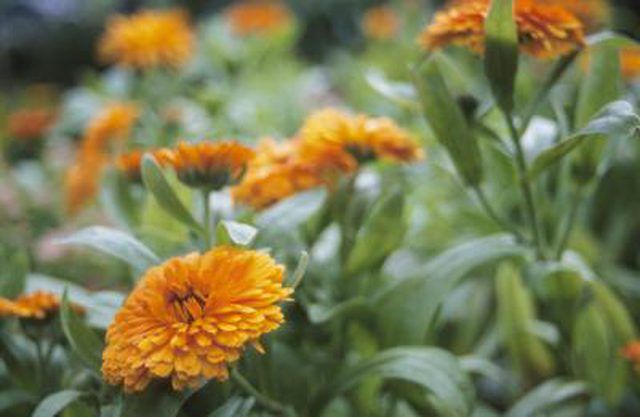Bulbs
Flower Basics
Flower Beds & Specialty Gardens
Flower Garden
Garden Furniture
Garden Gnomes
Garden Seeds
Garden Sheds
Garden Statues
Garden Tools & Supplies
Gardening Basics
Green & Organic
Groundcovers & Vines
Growing Annuals
Growing Basil
Growing Beans
Growing Berries
Growing Blueberries
Growing Cactus
Growing Corn
Growing Cotton
Growing Edibles
Growing Flowers
Growing Garlic
Growing Grapes
Growing Grass
Growing Herbs
Growing Jasmine
Growing Mint
Growing Mushrooms
Orchids
Growing Peanuts
Growing Perennials
Growing Plants
Growing Rosemary
Growing Roses
Growing Strawberries
Growing Sunflowers
Growing Thyme
Growing Tomatoes
Growing Tulips
Growing Vegetables
Herb Basics
Herb Garden
Indoor Growing
Landscaping Basics
Landscaping Patios
Landscaping Plants
Landscaping Shrubs
Landscaping Trees
Landscaping Walks & Pathways
Lawn Basics
Lawn Maintenance
Lawn Mowers
Lawn Ornaments
Lawn Planting
Lawn Tools
Outdoor Growing
Overall Landscape Planning
Pests, Weeds & Problems
Plant Basics
Rock Garden
Rose Garden
Shrubs
Soil
Specialty Gardens
Trees
Vegetable Garden
Yard Maintenance
How to Tell if a Marigold Is a Calendula
How to Tell if a Marigold Is a Calendula. Calendula, sometimes called pot marigold or English marigold, refers to about 20 species of edible flowers from the daisy family. Despite its nickname, calendulas differ from the flowers of the genus Tagetes, commonly known as marigolds. Calendulas have edible petals, whereas Tagetes marigolds are dangerous...

Calendula, sometimes called pot marigold or English marigold, refers to about 20 species of edible flowers from the daisy family. Despite its nickname, calendulas differ from the flowers of the genus Tagetes, commonly known as marigolds. Calendulas have edible petals, whereas Tagetes marigolds are dangerous for both humans and animals to ingest. If you have a plant that resembles a marigold in your garden, you must be entirely sure it is a calendula before eating it or allowing pets near it. To tell if a marigold is a calendula, examine its features and look for telltale signs of its genus.
Things You'll Need
Measuring tape
Scissors
Examine the shape of the flower’s seeds. Calendulas produce brown, U-shaped seeds with small bumps along the exposed surface. Marigolds have straight, black seeds with a white tip. The difference between the two seeds is unmistakable. This is the surest way to determine if your plant is a calendula or marigold without consulting an expert. If the flower is not producing seeds, wait for a bloom to wither and pluck one from the head.
Observe the shape of the flower and its petals. A calendula petal is straight, long and ovular with a yellow, white, orange or pink color. The flower’s shape is somewhat flat and similar to a wide and shallow bowl. It has a distinct round dot in the center that ranges in color from yellow to brown. A marigold petal typically looks similar to a rectangle with rounded corners and a wavy, rather than flat, surface. The flower’s shape is slightly spherical with a yellow, fuzzy center that seemingly blooms with the petals. Its color can be a solid or mixed combination of cream, yellow, red, orange or maroon.
Measure the flower’s height from ground to the tip of the highest petals. Mature calendulas typically grow between 1 and 2 feet tall, depending on the exact species and growing conditions. In contrast, the many varieties of mature marigold grow between 6 inches and 4 feet tall. If the flower is much taller than 2 feet, it is likely not a calendula.
Cut one flower head from the plant, about an inch down the stem and take it to a local garden nursery. If possible, take a picture of the plant as well. If it is potted, take the entire plant to avoid causing it harm. Calendulas and marigolds are similar, so for the most certain determination, always ask an expert. However, if you do not plan to eat the flower or allow animals near it, this final step is unnecessary.
Tips & Warnings
Calendulas and marigolds can both grow in many U.S. Department of Agriculture plant hardiness zones, depending on the species. They grow best in full sunlight and can flower several times a year.
Never eat a plant without being certain of its species and edibility. For the safety of animals in or around your household, never leave an unidentified plant in an accessible area.